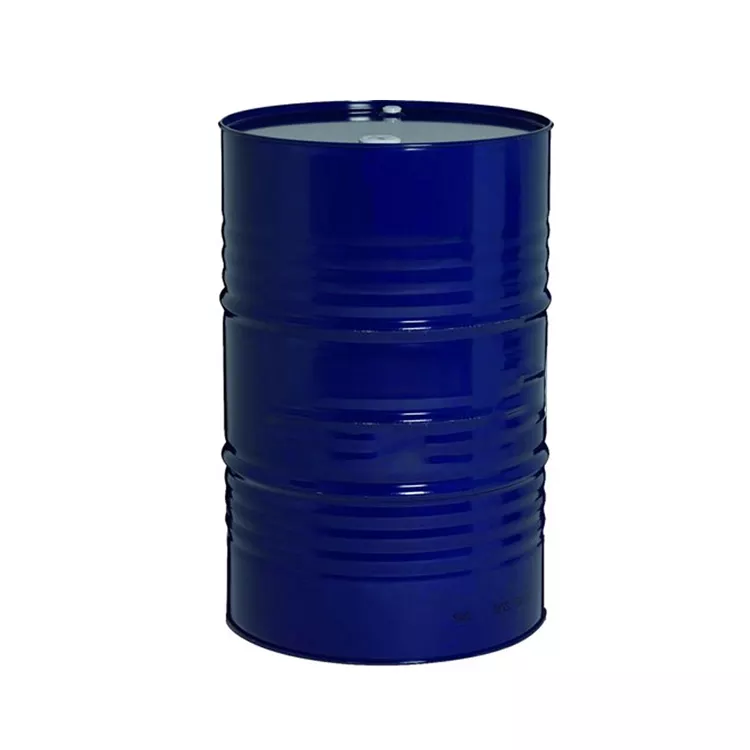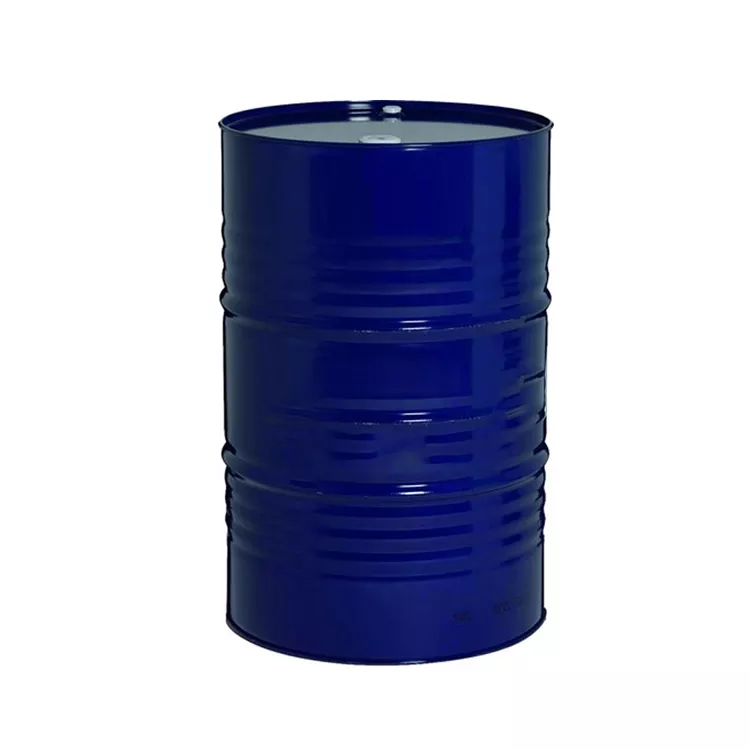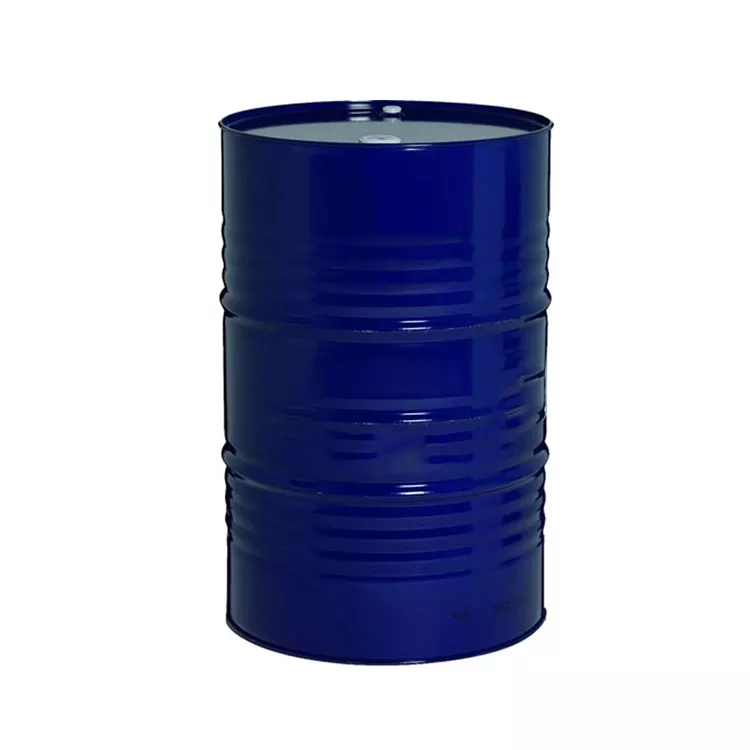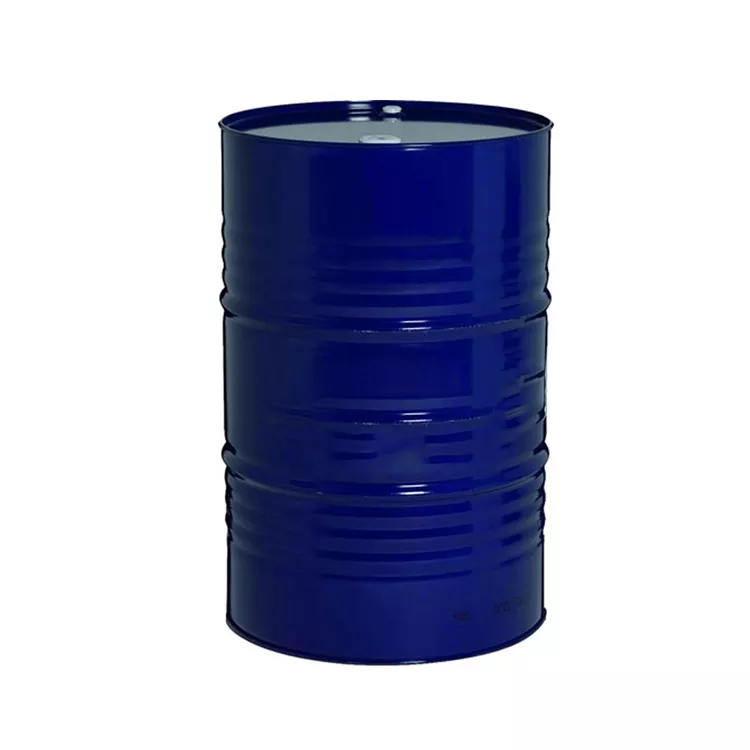
Introduction
Polyurethane foams are a versatile class of materials widely used in various applications, including insulation, cushioning, and packaging. The production of polyurethane foams involves a reaction between polyols and isocyanates, which generates carbon dioxide gas, leading to the formation of a cellular structure. Foaming catalysts play a crucial role in this process, accelerating the reaction and influencing the properties of the resulting foam. This article delves into the role of foaming catalysts, their types, mechanisms, and the impact they have on the polyurethane foam industry.
Understanding Foaming Catalysts and Their Mechanisms
Foaming catalysts are substances that promote the formation of polyurethane foams by accelerating the reaction between polyols and isocyanates, as well as the decomposition of blowing agents, which generate the gas responsible for foam expansion. They work by increasing the nucleophilicity of the polyol, facilitating its reaction with the isocyanate, and enhancing the decomposition of blowing agents. Foaming catalysts can also influence the structure and properties of the resulting foam, such as its density, cell size, and mechanical properties.
Types of Foaming Catalysts
Foaming catalysts can be classified into three main categories based on their chemical nature:
Amines: Amines are the most commonly used foaming catalysts, and they can be further divided into tertiary amines and secondary amines. Tertiary amines, such as triethylenediamine (TEDA) and N,N-dimethylcyclohexylamine (DMCHA), are strong catalysts for both the gelation and blowing reactions. Secondary amines, such as N,N-dimethylethanolamine (DMEA), primarily catalyze the gelation reaction but have a weaker effect on the blowing reaction.


Metal Salts: Metal salts, such as tin, bismuth, and lead salts, are also used as foaming catalysts. They are typically more active in the gelation reaction than amines but less active in the blowing reaction. Examples of metal salt catalysts include dibutyltin dilaurate (DBTDL), stannous octoate, and bismuth neodecanoate.
Organometallic Compounds: Organometallic compounds, such as alkyl tin compounds and organotin mercaptides, are used as foaming catalysts due to their high activity and selectivity. They primarily catalyze the gelation reaction and can be used in combination with amine catalysts to achieve desired properties.
Impact of Foaming Catalysts on the Polyurethane Foam Industry
The use of foaming catalysts offers numerous benefits to the polyurethane foam industry, including:
Enhanced Foam Production Efficiency: Foaming catalysts accelerate the reaction between polyols and isocyanates, as well as the decomposition of blowing agents, enabling faster foam production times and increased productivity.
Improved Foam Properties: By influencing the structure and properties of polyurethane foams, catalysts can help achieve desired characteristics, such as improved mechanical strength, better insulation, and enhanced durability.
Customization of Polyurethane Foams: The selection of appropriate catalysts and their combinations allows for the customization of polyurethane foams to suit specific applications, such as flexible foams for furniture, rigid foams for insulation, or specialty foams for packaging.
Reduced Environmental Impact: Foaming catalysts can contribute to greener production processes by minimizing waste, reducing energy consumption, and enabling the use of renewable resources in polyurethane foam synthesis.
Foaming Catalysts in Action: The Polyurethane Foam Production Process
The polyurethane foam production process typically involves the following steps:
Mixing of Polyols and Isocyanates: Polyols and isocyanates are mixed together, along with other additives, such as surfactants, flame retardants, and blowing agents.
Catalyst Addition: Foaming catalysts are added to the mixture, accelerating the reaction between polyols and isocyanates and the decomposition of blowing agents.
Foam Expansion: The generated gas expands the mixture, creating a cellular structure.
Curing: The polyurethane foam is allowed to cure, forming a solid material with the desired properties.
Ongoing Research and Future Prospects
The field of foaming catalysts is continuously evolving, with researchers exploring new materials, designs, and applications. Some of the exciting developments in this area include:
Green Catalysts: The search for environmentally friendly foaming catalysts is an ongoing effort, aiming to minimize the use of toxic materials and promote sustainable production processes.
Nanotechnology: The incorporation of nanomaterials in foaming catalysts offers the potential for improved catalytic performance, enhanced foam properties, and new applications.
Computational Design: Advanced computational tools and techniques are being employed to predict and optimize the performance of foaming catalysts, accelerating the discovery and development of new materials.
Conclusion
Foaming catalysts play a vital role in the production and performance of polyurethane foams, offering numerous benefits to the polyurethane foam industry. As research continues to uncover new catalysts and applications, the role of foaming catalysts will undoubtedly expand, contributing to the development of innovative, sustainable, and high-performance polyurethane foam products.
Recommended Reading?

Introduction
Polyurethanes are a versatile class of polymers widely used in various applications, including foams, coatings, adhesives, and elastomers. The production of polyurethanes involves a reaction between polyols and isocyanates, which can be significantly influenced by the use of catalysts. Polyurethane catalysts play a crucial role in enhancing the efficiency, quality, and properties of polyurethane materials. This article delves into the role of polyurethane catalysts, their types, mechanisms, and the impact they have on the polyurethane industry.
Understanding Polyurethane Catalysts and Their Mechanisms
Polyurethane catalysts are substances that accelerate the reaction between polyols and isocyanates, promoting the formation of polyurethane polymers. They work by increasing the nucleophilicity of the polyol, facilitating its reaction with the isocyanate. Polyurethane catalysts can also influence the structure and properties of the resulting polymer, such as its density, cell structure, and mechanical properties.
Types of Polyurethane Catalysts
Polyurethane catalysts can be classified into three main categories based on their chemical nature:
Amines: Amines are the most commonly used polyurethane catalysts. They can be further divided into tertiary amines, which are strong catalysts for both the gelation and blowing reactions, and secondary amines, which primarily catalyze the gelation reaction. Examples of amine catalysts include triethylenediamine (TEDA), dimethylcyclohexylamine (DMCHA), and N,N-dimethylethanolamine (DMEA).


Metal Salts: Metal salts, such as tin, bismuth, and lead salts, are also used as polyurethane catalysts. They are typically more active in the gelation reaction than amines but less active in the blowing reaction. Examples of metal salt catalysts include dibutyltin dilaurate (DBTDL), stannous octoate, and bismuth neodecanoate.
Organometallic Compounds: Organometallic compounds, such as alkyl tin compounds and organotin mercaptides, are used as polyurethane catalysts due to their high activity and selectivity. They primarily catalyze the gelation reaction and can be used in combination with amine catalysts to achieve desired properties.
Impact of Polyurethane Catalysts on the Polyurethane Industry
The use of polyurethane catalysts offers numerous benefits to the polyurethane industry, including:
Enhanced Reaction Efficiency: Polyurethane catalysts accelerate the reaction between polyols and isocyanates, enabling faster production times and increased productivity.
Improved Polyurethane Properties: By influencing the structure and properties of polyurethane materials, catalysts can help achieve desired characteristics, such as improved mechanical strength, better insulation, and enhanced durability.
Customization of Polyurethane Materials: The selection of appropriate catalysts and their combinations allows for the customization of polyurethane materials to suit specific applications, such as flexible foams for furniture, rigid foams for insulation, or coatings for automotive finishes.
Reduced Environmental Impact: Polyurethane catalysts can contribute to greener production processes by minimizing waste, reducing energy consumption, and enabling the use of renewable resources in polyurethane synthesis.
Ongoing Research and Future Prospects
The field of polyurethane catalysts is continuously evolving, with researchers exploring new materials, designs, and applications. Some of the exciting developments in this area include:
Green Catalysts: The search for environmentally friendly polyurethane catalysts is an ongoing effort, aiming to minimize the use of toxic materials and promote sustainable production processes.
Nanotechnology: The incorporation of nanomaterials in polyurethane catalysts offers the potential for improved catalytic performance, enhanced polyurethane properties, and new applications.
Computational Design: Advanced computational tools and techniques are being employed to predict and optimize the performance of polyurethane catalysts, accelerating the discovery and development of new materials.
Conclusion
Polyurethane catalysts play a vital role in the production and performance of polyurethane materials, offering numerous benefits to the polyurethane industry. As research continues to uncover new catalysts and applications, the role of polyurethane catalysts will undoubtedly expand, contributing to the development of innovative, sustainable, and high-performance polyurethane products.
Recommended Reading?

Introduction
Catalysts are substances that play a crucial role in accelerating chemical reactions without being consumed in the process. They are essential in various industries, including pharmaceuticals, petrochemicals, and automotive, where they facilitate the production of numerous products and help reduce the environmental impact of chemical processes. This article explores the fascinating role of catalysts, their mechanisms, types, applications, and the ongoing research in this vital field.
Understanding Catalysts and Their Mechanisms
Catalysts work by providing an alternative pathway for a chemical reaction to occur, lowering the activation energy required for the reactants to transform into products. This reduction in activation energy enables reactions to proceed more rapidly and efficiently, often under milder conditions. Catalysts achieve this by interacting with reactant molecules, forming temporary intermediates that facilitate the formation of products. Once the reaction is complete, the catalyst is released unchanged and can be reused in subsequent reactions.
Types of Catalysts
Catalysts can be broadly classified into two categories based on their phase:
Homogeneous Catalysts: These catalysts exist in the same phase as the reactants, usually as gases or liquids. Homogeneous catalysts often exhibit high selectivity and efficiency but can be challenging to separate and recycle from the reaction mixture. Examples include acid and base catalysts, transition metal complexes, and organocatalysts.
Heterogeneous Catalysts: These catalysts exist in a different phase than the reactants, typically as solids. Heterogeneous catalysts are easier to separate and reuse but may exhibit lower selectivity and efficiency compared to homogeneous catalysts. Examples include metal catalysts, metal oxide catalysts, and zeolites.
Applications of Catalysts
Catalysts are ubiquitous in various industries, playing a vital role in numerous processes, such as:
Petrochemical Industry: Catalysts are employed in several petrochemical processes, including cracking, reforming, and hydrocracking, to produce fuels, lubricants, and chemical intermediates.
Automotive Industry: Catalytic converters in automotive exhaust systems use catalysts to convert harmful pollutants, such as carbon monoxide, nitrogen oxides, and hydrocarbons, into less harmful substances like nitrogen, carbon dioxide, and water vapor.


Pharmaceutical Industry: Catalysts are essential in the synthesis of active pharmaceutical ingredients (APIs), enabling the production of life-saving drugs with improved efficiency and reduced waste.
Food Industry: Catalysts are used in food processing, such as the hydrogenation of vegetable oils to produce margarine and the synthesis of flavor and fragrance compounds.
Renewable Energy: Catalysts play a vital role in generating clean energy, facilitating processes such as water electrolysis for hydrogen production and fuel cells for electricity generation.
Ongoing Research and Future Prospects
The field of catalysis is constantly evolving, with researchers exploring new materials, designs, and applications. Some of the exciting developments in this area include:
Nanotechnology: The use of nanomaterials in catalysts offers enhanced surface area, improved reactivity, and better stability, opening up new possibilities for catalytic processes.
Biocatalysts: Inspired by nature, researchers are developing biocatalysts, such as enzymes and whole cells, that exhibit high selectivity and efficiency in diverse chemical reactions.
Computational Design: Advanced computational tools and techniques are being employed to predict and optimize the performance of catalysts, accelerating the discovery and development of new materials.
Green Catalysis: The search for environmentally friendly catalysts and processes is an ongoing effort, aiming to minimize waste, reduce energy consumption, and promote sustainable chemical transformations.
Conclusion
Catalysts play a pivotal role in accelerating chemical reactions and shaping various industries, from pharmaceuticals and petrochemicals to automotive and renewable energy. As research continues to uncover new materials and applications, catalysts will undoubtedly remain at the forefront of sustainable and efficient chemical processes, contributing to a greener and more prosperous future.
Recommended Reading?





